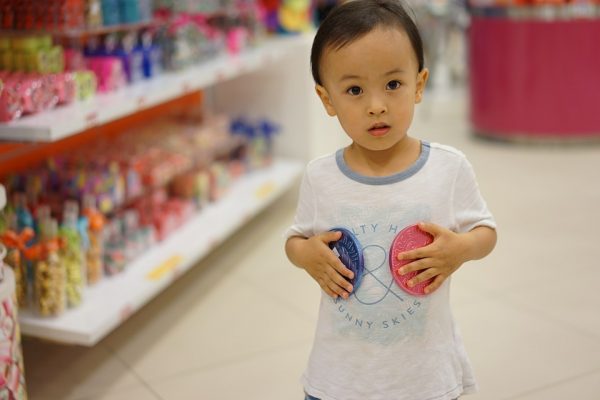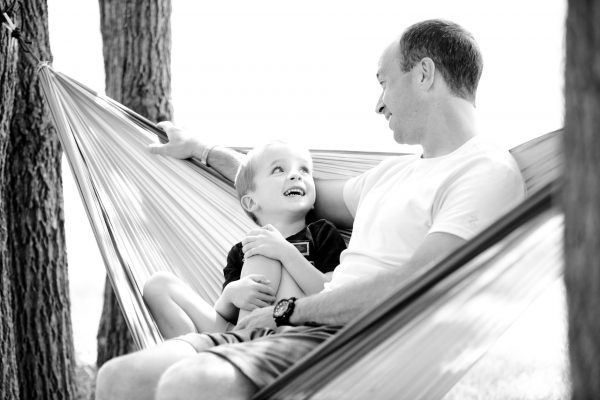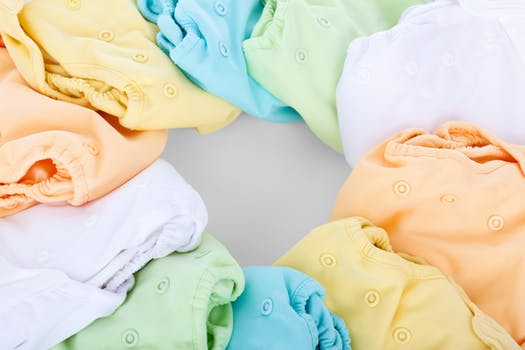Potty training is a milestone in your child’s development, a moment of celebration (that your child has accomplished a big thing and for the end of changing nappies!); this moment should be eagerly anticipated for, not dreaded by parents.
To help you get through it in a breeze, we’ve put together this ultimate guide so that both you and your children can become masters of the potty!
WHEN to start potty training
“Typically, children will start potty training between 18 and 30 months old.”
There’s no set time on when you should start potty training your child because everyone is different. Some children may start a lot earlier than what is considered ‘normal’ and others may take longer to master it. The important thing is to start when YOUR child is showing signs of readiness.

Signs can include:
- A dry nappy after naps
- A dislike to wearing dirty nappies
- Noticing other children using the potty
- Telling you when they are going to the toilet
- Isolating themselves when they go to the toilet
- An interest in being independent and being proud of their accomplishments
By waiting till your child is ready to be potty trained (even if all of their friends have already started earlier!), you can be sure that this transition will be as gentle and smooth as possible for the both of you.
HOW to start (and master) potty training
Potty training can be easy and quick or difficult and long, but the important thing is to be persistent and stay positive for as long as it takes. Just remember your ABC’s!
A – ASSESS – your child’s readiness and your own
Many parents begin potty training when their children are about 2 and a half, whereas some children are ready at 18 months or not interested until after age 3. Start when your child is ready. Try not to pressure them – if they are not ready, it will only be counterproductive. Also, always avoid potty training during transitional or stressful times such as moving, adding a new baby to the family, or if you are going through a separation.
B – BUY – the right equipment
Try out different options to see what your child responds best to. Do they prefer a child-sized potty chair because they are afraid of the big toilet? Or would they prefer a special adapter seat that attaches to your regular toilet? You’ll get better results if your child likes it, so let them help you choose what one they want and where they want to put it and encourage them to become familiar with it as much as possible.

C – CREATE – a routine that works for the both of you
Encourage your child to sit on the potty every morning, before an evening bath or before they go to bed so that they can get used to using it as part of their daily routine. First, you can encourage them to do this fully clothed or just in a nappy, then you can move on to teaching them that they have to undo their trousers and pull down their underwear before they go to the toilet. All of this is practice and it is essential to helping your child develop a healthy routine.
D – DEMONSTRATE – for your child
As with most things in life, our children learn by imitating us, so allowing them to watch us use the bathroom is a natural way to help them understand what using the toilet is all about. When you’re using the bathroom, talk them through your routine and why each step is important. With some encouragement, this will help your child become familiar with the process and will allow them to pick it up quickly when doing it themselves.
E – EXPLAIN – the process in its entirety
Children need to understand the importance of the bathroom routine so try to explain everything that you can as simple as possible. The best way to explain is always whilst demonstrating, so next time they go to the toilet in their nappy, take them to the potty and sit them down. You can use this as a learning opportunity from emptying the nappy in the toilet to letting them flush it down and watch it disappear. Many children learn visually, so read them books on potty training, watch videos and take them into the bathroom to help them absorb this information.

F – FOSTER – the habit as much as possible
Practice makes perfect so encourage your child to sit on the potty whenever they feel the urge to go to the toilet. If you can, let them roam around the house bare-bottomed sometimes and remind them that the potty is there if they need it as this is often a quicker way to learn. Just make sure they know that they can ask you for help anytime and that it’s okay if they have an accident sometimes. Be as positive and reassuring as possible, praise them when they use it, and let them know that learning takes time and that making mistakes only makes us better learners.
G – GRAB – some training underwear
Training underwear helps your child undress for the potty on their own which is a critical step in becoming completely potty trained. Whether you opt for cloth or disposable training underwear, make sure to introduce them gradually into the routine and only progress to “big-kid” underwear when they look for the potty whenever they need to go.
Tip: Parents have said that although cloth training underwear are less convenient, they work better as your child can really feel when they’ve had an accident in them.

H – HANDLE – setbacks gracefully and positively
Temporary setbacks are completely normal so expect them and be prepared to shower your child with positive reinforcement. Don’t get angry or punish your child. Teaching our bodies to develop new habits takes time and it truly isn’t your child’s fault. With reinforcement and praise every time they use the potty, you’ll see that your child will soon become a master of the potty!
When your child is mentally and physically ready to learn this new skill, they will, so it’s worth it for both you and them to wait until they are really ready to start.
At Schoolhouse Daycare, we enjoy learning, encouraging confidence and we love life! If you think your child would enjoy life at Schoolhouse, then please do not hesitate to arrange a visit.
Need more help or advice? See more from us here:
How to Encourage Your Child to Get Involved
8 Ways to Help Your Children Protect Their Teeth
How to Prepare Your Child (and Yourself!) for School Separation Anxiety

